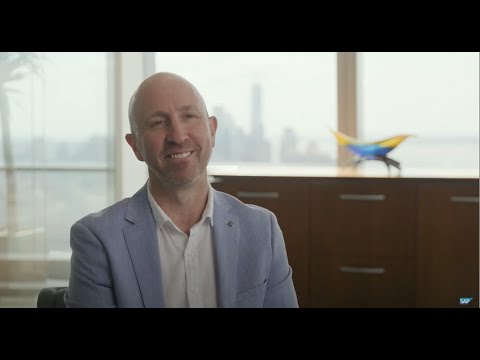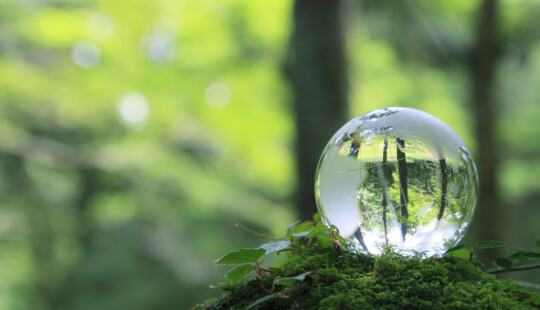Recently, SAP collaborated with the Ellen MacArthur Foundation and the London Design Festival to bring back The Circular Design Project, a curated selection of talks, panel discussions, seminars, and supporting resources that equip the design community with the tools to drive positive environmental and social impact.
During the United Nations General Assembly (UNGA) week, we offered three online sessions focused on the role of design in reducing waste and greenhouse gas emissions. These sessions gave leaders from every industry and corner of the globe the opportunity to work together on solutions that will not only reduce negative environmental impacts, but redesign entire systems to improve the health and well-being of our planet.
Ahead of this event, Scott Russell, member of the Executive Board of SAP SE and head of Customer Success, Ben Evans, London Design Festival director, and Joe Iles, Circular Design lead at Ellen MacArthur Foundation, came together to discuss the vital roles that regenerative business, innovative technology, and industry collaborations play in engaging the world’s global design community to deliver the circular economy.
Here is a condensed version of their conversation.
Q: Humanity’s impact on the planet has led to a state of climate emergency. It is clear that urgent action needs to be taken to restore our planet’s balance. How do we do that?
Evans: By 2050 if some dramatic action isn’t done, there will be more items of plastic in the world’s oceans than living creatures.
Russell: We need to commit to not only limiting harm, but also to having a much more proactive approach to the future. We need to find a way to co-exist and to be prosperous.
Illes: We really need to look at the linear “take-make-waste” model and identify a different way of working. We think that different model could be a circular economy.
Can you touch on the role of regenerative business in the circular economy?
Illes: The circular economy is really based on three principles: to eliminate waste and pollution, to keep products and materials in use for longer, and to regenerate natural systems.
But at the heart of the circular economy is regeneration. This means not only reducing harm and trying to do a bit less bad over time, but actually leaving a positive impact, restoring and regenerating, so the future gets a bit better rather than just a bit less bad.
How can technology fuel regenerative business and the circular economy?
Russell: SAP solutions touch 77% of the world’s material flows. We really are unique in our ability to provide that end-to-end visibility that no other companies can do. But sustainability has, maybe for too long, been an add-on in a business strategy. Through technology we have the opportunity — and it really is an opportunity — to design the processes and databases required for designers everywhere to ensure sustainable practices are being used throughout the product life cycle.
The beauty of tech is that it can act as an accelerator. It’s an enabler to support the design of new products and new systems and, in turn, supports the sustainable change that we simply must make.
What role do designers and design-thinking play in fueling regenerative business and the circular economy?
Evans: Well design is a tool — it’s a problem-solving tool primarily. Many of the big global issues that we face today can be addressed by design thinking.
Illes: Designers have a huge role to play in the shift to a circular economy, but also millions of other people who are involved in the design process. We estimate that’s about 160 million people globally. I would ask designers and business leaders to look a bit further down the track and ask what the future holds, what policy changes are coming, what are citizens asking for, and what supply chain risks do they expose themselves to if they are constantly dependent on finite resources that come out of a hole in the ground.
And that’s really the opportunity here. We can just look around us and say, “how could you redesign that for a circular economy?”
Russell: It’s truly time for designers to have the insight that they need to make informed, circular design choices and enable the circular economy itself.




